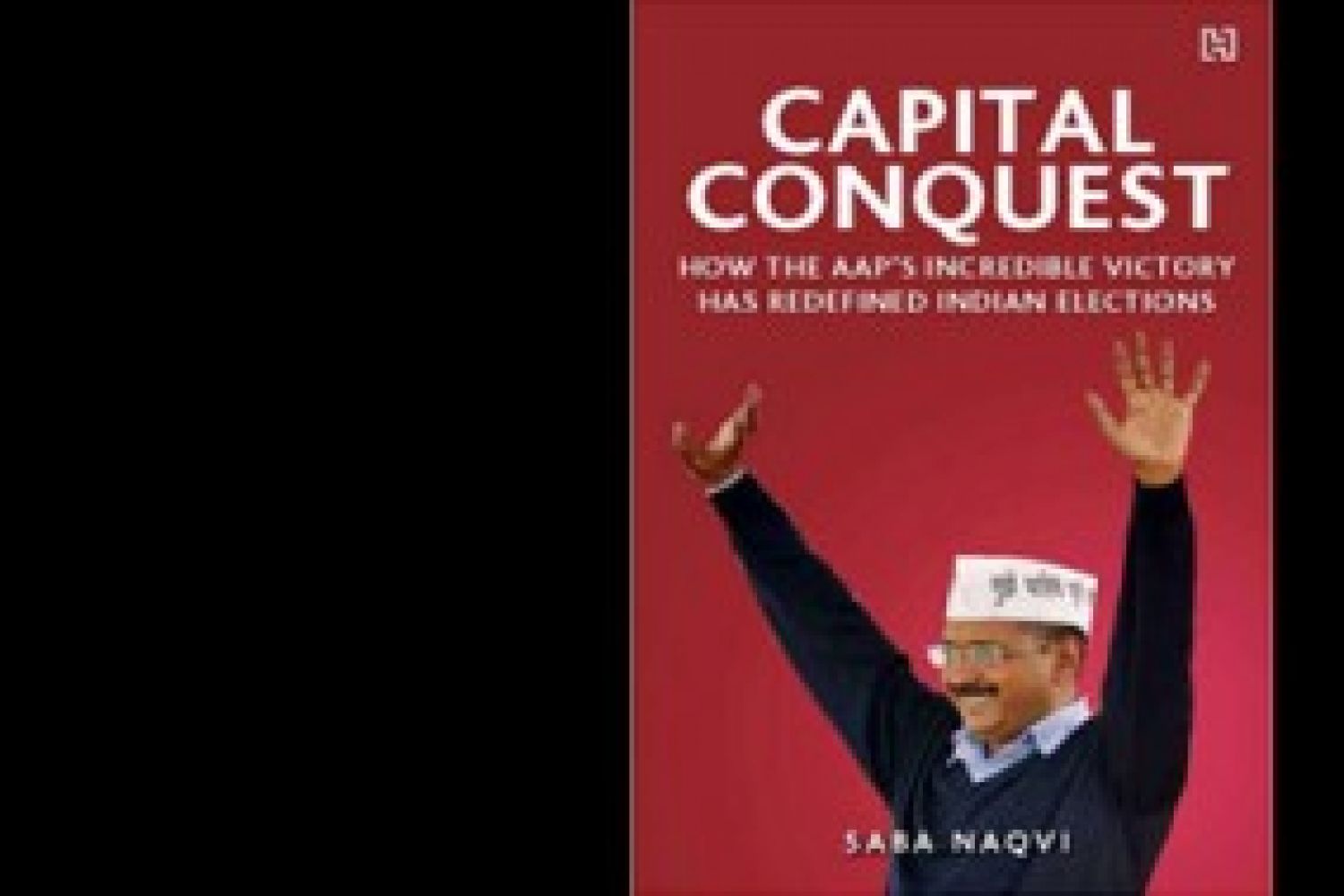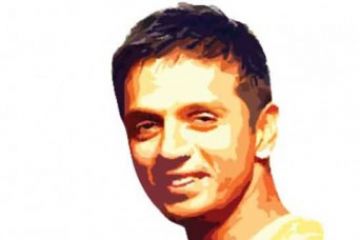
For many people who have vested interests, Arvind Kejriwal is
the most dangerous man in India today. For those who admire him, he can be
called the most courageous man. He fought battles that seemed impossible to
win; he lost some, and then won so handsomely that he made a little slice of
contemporary history in India. The magnificent win in Delhi places him on the
trajectory to becoming one of the most significant leaders in recent times, one
who has captured the imagination of the Indian
Continue reading “The evolution of Arvind Kejriwal”
Read this story with a subscription.





